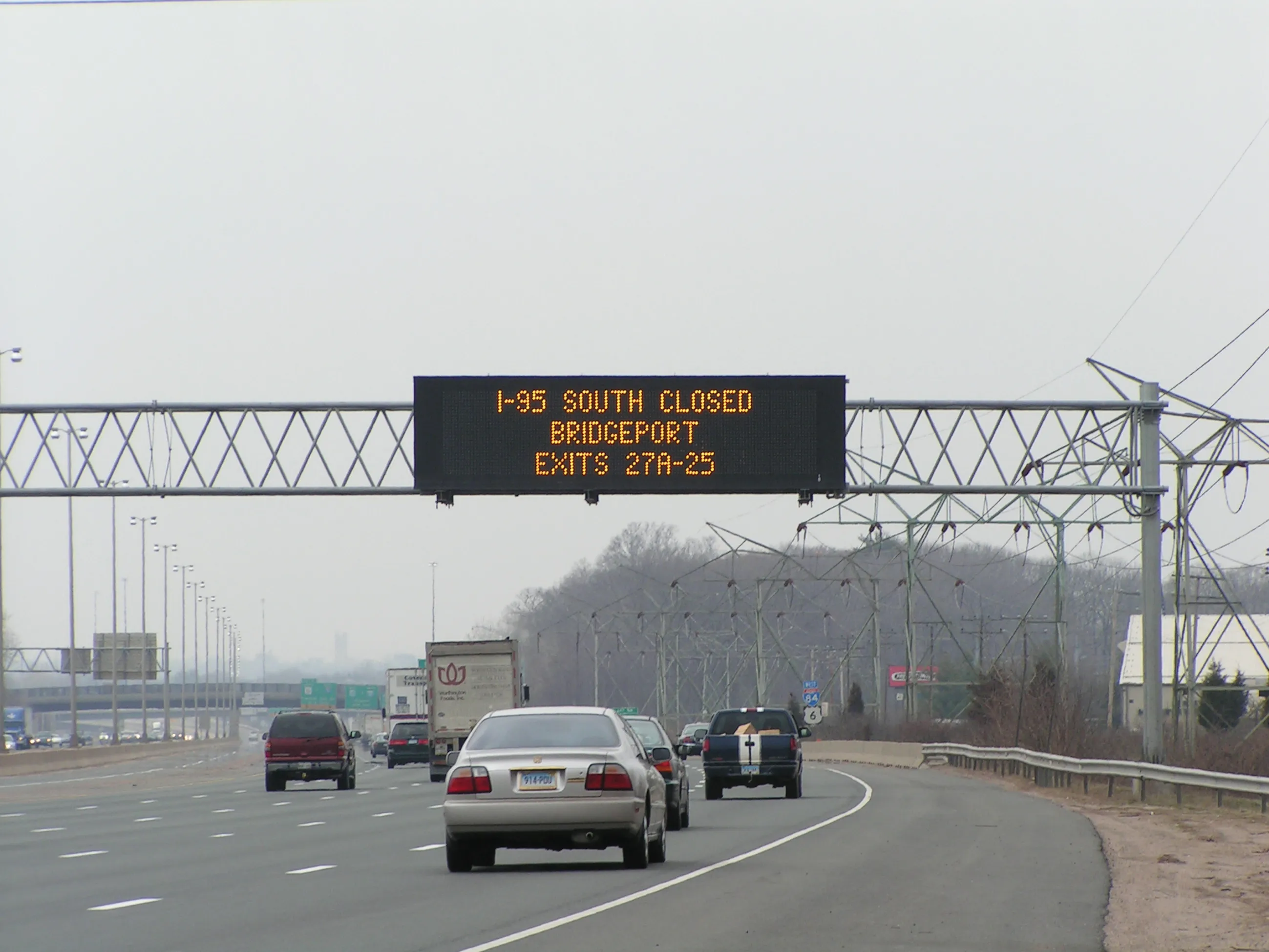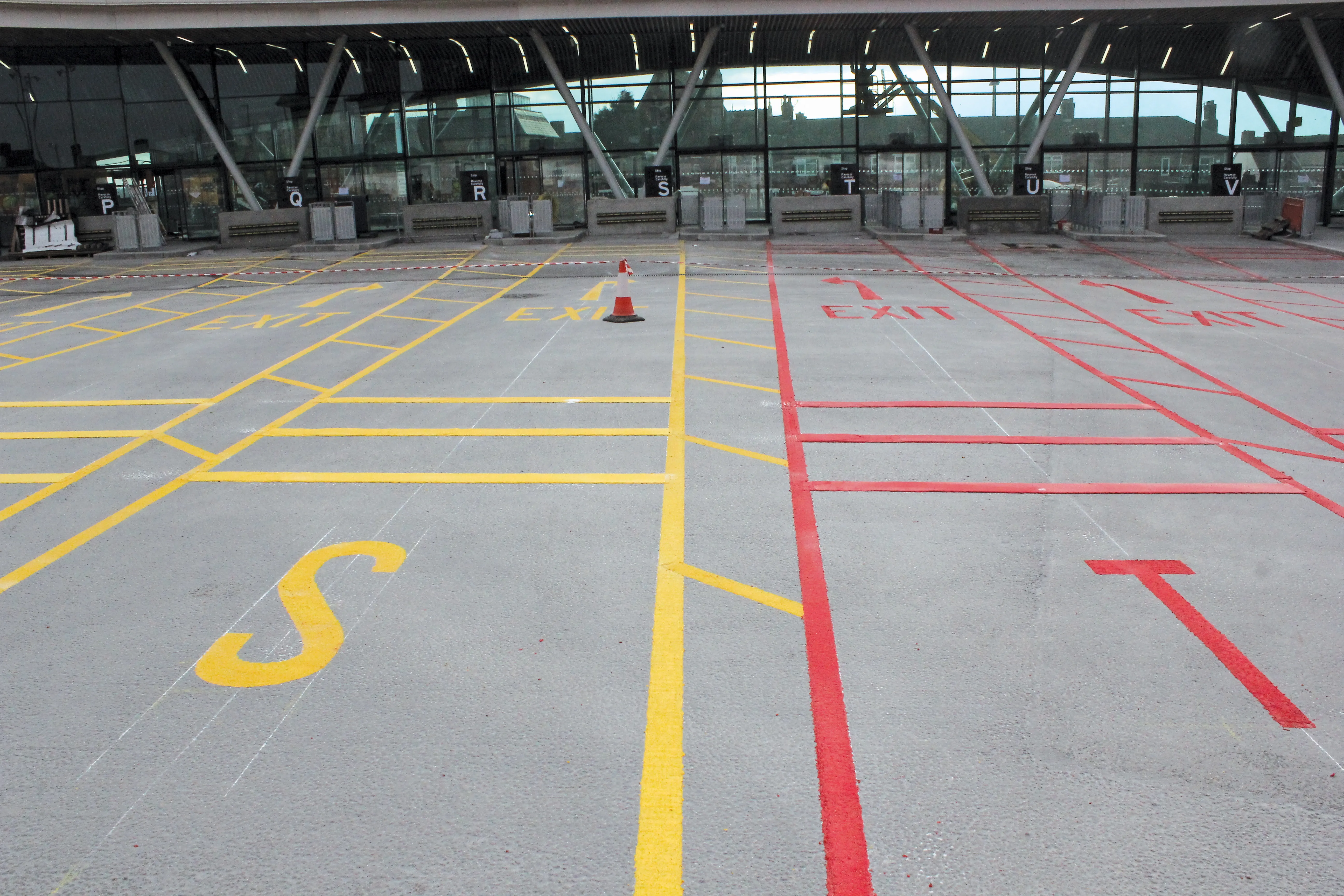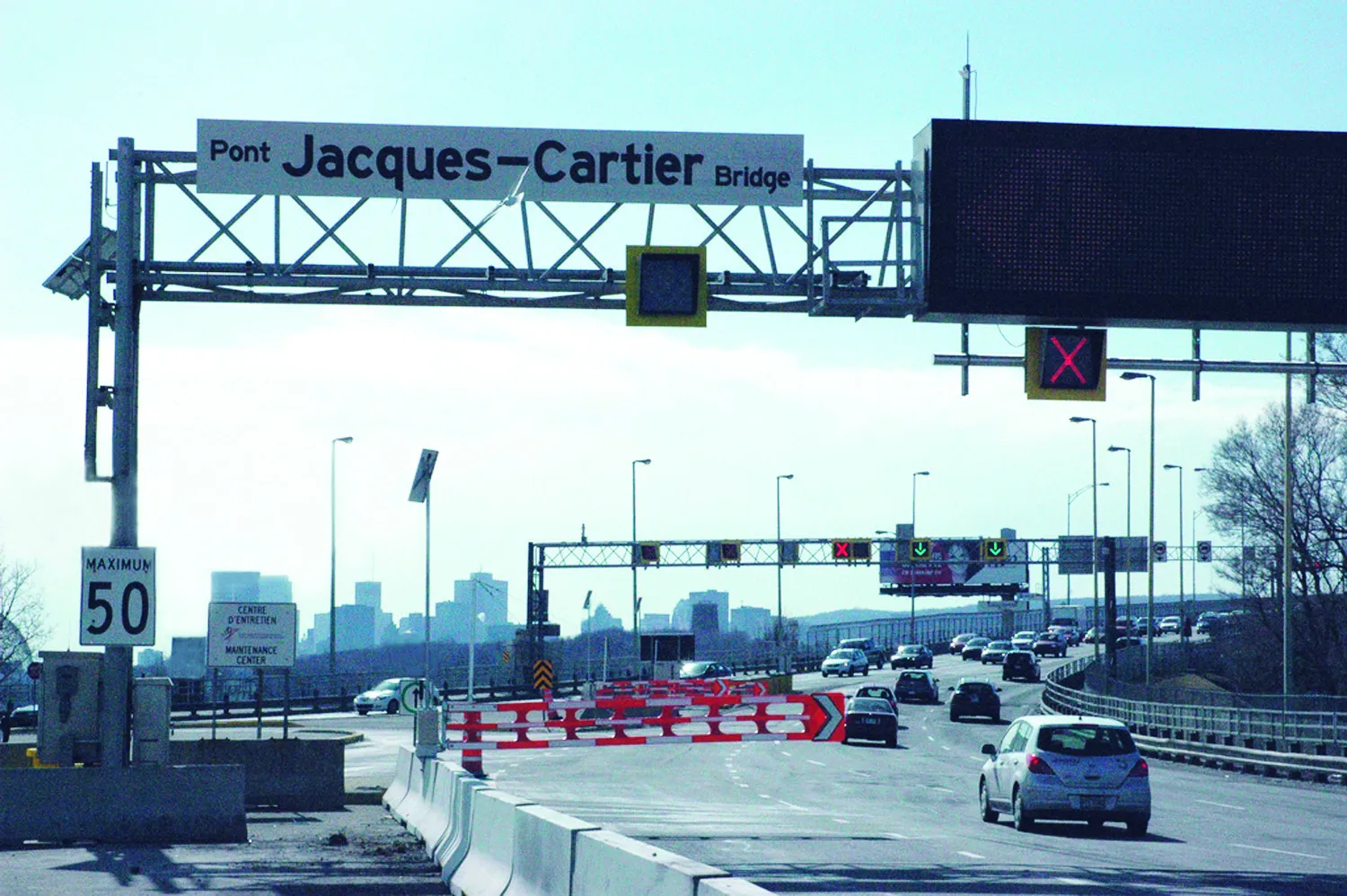Forty-four state agencies currently rely on Daktronics for a total of more than 3,500 dynamic message signs (DMS) to provide important information to motorists. As soon as a new construction project begins, approaching motorists need to know exactly what to expect. Permanent DMS provide the information ahead of time, ahead of the congestion.
February 9, 2012
Read time: 3 mins

Forty-four state agencies currently rely on 197 Daktronics for a total of more than 3,500 dynamic message signs (DMS) to provide important information to motorists.
As soon as a new construction project begins, approaching motorists need to know exactly what to expect. Permanent DMS provide the information ahead of time, ahead of the congestion.
Dhanesh Motiani, Director of Traffic Operations for New Jersey Department of Transportation (NJDOT), has found his agency's permanent DMS to effectively mitigate traffic around work zones on New Jersey highways.
"We typically use our permanent DMS to display warning messages about two weeks before the project starts," said Motiani. This method allows NJDOT to inform travellers in the area so they can plan ahead and adjust their routes before the work begins. "Once the work starts, then we use those same displays to show travel times through the construction." Permanent DMS anchor the highway construction site - often miles ahead of the first orange cone. In this position, the DMS give motorists an opportunity to avoid the congestion and frustration which can result from significant construction projects.
For commuters, the most frustrating thing about construction zones is that they seem to pop up without warning. They get in the way of planned routes and frequently extend travel times. When those travel times reach a certain threshold, NJDOT uses its permanent DMS for another purpose.
"If we can't get them through the construction quickly enough, we show them the best way to go around it," said Motiani.
Although they're very effective for mitigating traffic congestion around work zones, permanent DMS also serve an important role for enforcing work zone safety. Messages such as 'Slow Thru Cone Zone' and 'Prepare to Stop' can make motorists more aware of the situation and also provide a safer work environment for construction workers and law enforcement.
As opposed to portable DMS, messages on permanent DMS are easily published from a traffic management centre as the construction progresses. They also allow agencies to easily update messages as the traffic situation changes in the work zone.
When transportation agencies release new projects they often include a specification for portable DMS which involve rental fees and labour, increasing the overall cost of the project. Previously-installed permanent DMS can save thousands of taxpayer dollars by serving the same purpose as a portable DMS near the work zone.
These are just a few benefits enjoyed by transportation agencies using permanent DMS in work zones.
This report was compiled by Tom Becker, Daktronics Transportation Sales Manager.
As soon as a new construction project begins, approaching motorists need to know exactly what to expect. Permanent DMS provide the information ahead of time, ahead of the congestion.
Dhanesh Motiani, Director of Traffic Operations for New Jersey Department of Transportation (NJDOT), has found his agency's permanent DMS to effectively mitigate traffic around work zones on New Jersey highways.
"We typically use our permanent DMS to display warning messages about two weeks before the project starts," said Motiani. This method allows NJDOT to inform travellers in the area so they can plan ahead and adjust their routes before the work begins. "Once the work starts, then we use those same displays to show travel times through the construction." Permanent DMS anchor the highway construction site - often miles ahead of the first orange cone. In this position, the DMS give motorists an opportunity to avoid the congestion and frustration which can result from significant construction projects.
For commuters, the most frustrating thing about construction zones is that they seem to pop up without warning. They get in the way of planned routes and frequently extend travel times. When those travel times reach a certain threshold, NJDOT uses its permanent DMS for another purpose.
"If we can't get them through the construction quickly enough, we show them the best way to go around it," said Motiani.
Although they're very effective for mitigating traffic congestion around work zones, permanent DMS also serve an important role for enforcing work zone safety. Messages such as 'Slow Thru Cone Zone' and 'Prepare to Stop' can make motorists more aware of the situation and also provide a safer work environment for construction workers and law enforcement.
As opposed to portable DMS, messages on permanent DMS are easily published from a traffic management centre as the construction progresses. They also allow agencies to easily update messages as the traffic situation changes in the work zone.
When transportation agencies release new projects they often include a specification for portable DMS which involve rental fees and labour, increasing the overall cost of the project. Previously-installed permanent DMS can save thousands of taxpayer dollars by serving the same purpose as a portable DMS near the work zone.
These are just a few benefits enjoyed by transportation agencies using permanent DMS in work zones.
This report was compiled by Tom Becker, Daktronics Transportation Sales Manager.








